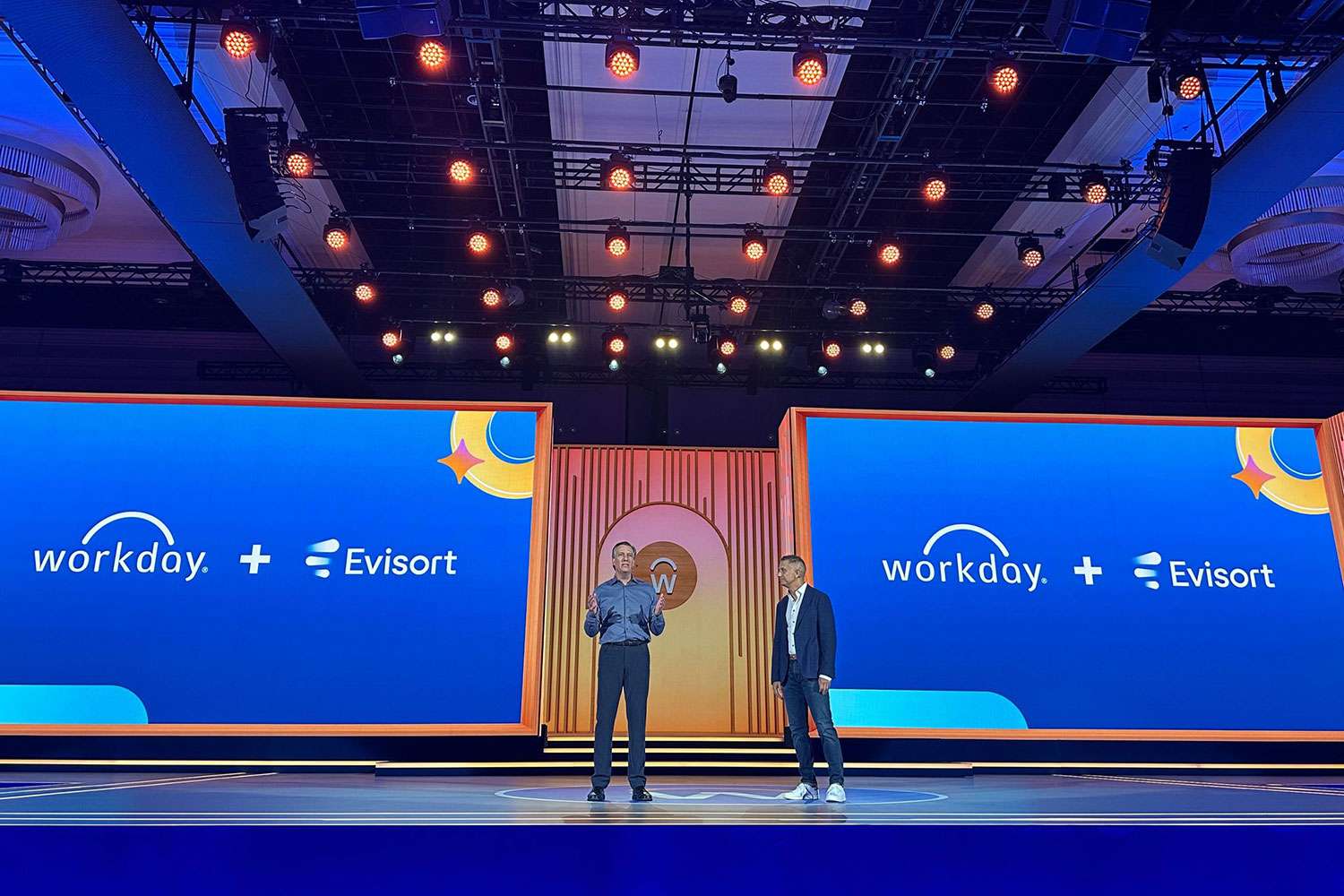Getting Your Organization Ready for PeopleSoft Managed Services

If you started your business career before the likes of cloud environments, real-time collaboration, and remote access became commonplace, the whole concept of managed services might seem a bit off-putting.
Giving a third party not only access to, but a degree of control over your proprietary information and processes can seem like setting yourself up for failure; sort of like tossing your car keys to a random stranger on the side of the road and telling them you need an oil change.
But with every country in the Western world afflicted by tech labor shortages and a large swathe of PeopleSoft experts getting closer and closer to retirement age, change has to come in order to keep your organization’s ERP systems humming at a satisfactory rate. It’s a global issue, with 87% of companies across the world aware that they already have an existing skills gap or have one on the way shortly.
A Managed Services Partner is the Solution
Training and offering more lucrative employment packages are two ways to solve that problem, but they take time and money that plenty of companies might not have in the short term. If your organization is struggling to manage its PeopleSoft workflow right now, the gap in time between the present and when someone will be onboarded or trained up to handle those problems is too long to wait. If you’ve never worked with, sought, and/or qualified a managed services partner before, we recommend the following considerations:
1. Analyze the Costs
First of all, analyze the costs of the service compared to what it would take to train existing employees or hire new experts to come in and take the reins. The managed service partner should be an attractive alternative in this category. Pay attention to all of the things that simply don’t get done today and the potential costs there also. For example, are all of the security patches installed in a timely manner? Is the system functionality at the most recent release? Are all the bug fixes in place? Many times these are just not kept current simply due to demands on the time available for staff and the associated costs.
2. Quick Response Time
Second, find a partner that offers a quick response time, ideally one that has someone on call to solve your problems 24/7. If you’ve been in business for any length of time whatsoever, you know that the worst problems don’t happen at 9:01 a.m. on Monday. They happen five minutes after your site goes live with some new update at midnight on a Thursday, or when there’s an unexpected surge of users at 2 a.m. on Saturday and you’re the only one paranoid enough to be checking the site then, and thus the only one who notices it. If you’re paying a third party to manage aspects of your business, that should extend to doing work when it’s needed, not just when it’s convenient.
3. Hire a PeopleSoft Expert
Third, and perhaps most importantly, vet that whomever you hire is an expert on PeopleSoft. Ask for some proof or have them do a live audit of your processes on PeopleSoft to see what they know and what they think they can improve. You don’t want to hire a general IT person who may have knowledge of PeopleSoft, but is actually behind the scenes Googling “How to Do _____ in PeopleSoft” every time you need something fixed. Many partners are sunsetting their PeopleSoft practices, so you will want to also qualify their commitment to the technology to ensure that your commitment to PeopleSoft is shared with your service provider.
ERPA’s PeopleSoft Managed Services Team is Here for You
ERPA is committed to PeopleSoft. We have over twenty years’ experience, continued development, and a deep talent pool. We’d love to speak with you if you’re interested in learning more about our managed services solutions; just fill out the form below.































